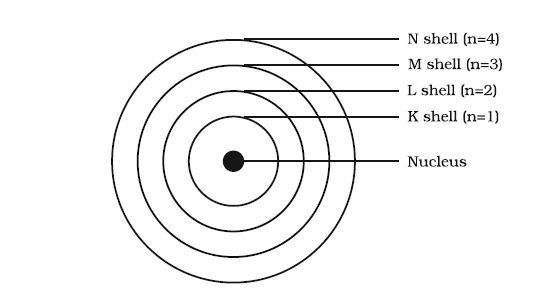11th And 12th > Mathematics
APPLICATION OF DERIVATIVES MCQs
:
C
As f (x) is differentiable in [2 , 5], therefore, it is also continuos in [2, 5]. Hence, by mean value theorem, there exists a real number c in (2, 5) such that
f′(c)=f(5)−f(2)5−2⇒f′(c)=12−153=110.
Hence (c) is the correct answer.
:
C
Let f (x) = (x - 3) log x
Then, f (1) = - 2 log 1 = 0 and f (3) = (3-3) log 3 = 0. As, (x-3) and log x are continuos and differentiable in [1, 3], therefore (x-3) log x = f (x) is also continuos and differentiable in [1, 3]. Hence, by Rolle's theorem, there exists a value of x in (1, 3) such that
f ' (x) = 0 ⇒ log x+(x-3) 1x = 0
⇒ x log x = 3 - x.
Hence (c) is the correct answer.
:
A
f'(x) = - cosx + a, if a > 1,then f(x) entirely increasing. So f(x) =0 has only one real root, which is positive if f(0) < 0 and negative if f(0) > 0.
Similarly when a < -1. Then f(x) entirely decreasing. So f(x) has only one real root which is negative if f(0) < 0 and positive if f(0) > 0
:
A
Let ∝,β(∝<β) be any two real roots of
f(x) = e - x - sin x
Then, f(∝)=0=f(β)
Moreover, f(x) is continuos and differentiable for x ε[∝,β].
Hence, from Rolle's thereom, thereom, there exists atleast one x in ∝,β such t
f′(x)=0⇒−e−x−cos x=0⇒−e−x(1+ex cos x)=0⇒ex cos x=−1.
Hence (a) is the correct answer.
:
A
f is continuous at ‘0’ and f' (0-) > 0 and f' ( 0 +) < 0 . Thus f has a local maximum at ‘0’.
:
C
Let OC be the wall. Let AB be the position of the ladder at any time t such that OA =x and OB=y. Length of the ladder AB =20 ft.
In ΔAOB,

x2+y2=(20)2
⇒2xdxdt+2ydydt=0∴dydt=−xydxdt=−x√400−x2.dxdt=−16√400−(16)2.dxdt=−43dxdt
-ve sign indicates, that when X increases with time, y decreases. Hence, the upper end is moving 43 times as fast as the lower end.
:
B and D
We have,
y=sin2x...(1)y=cos 2x...(2) And
On differentiating equation (1) w.r.t x, we get
dydx=4 sin x cos x[dydx]x−π6=4(12)√32=√3=m1(say)
On differentiating equation (2) w.r.t x, we get
dydx=−2 sin 2x[dydx]x−π6=−2 sin π3=−√3=m2(say)
Hence, angle between the two curves is
θ=±tan−1(m1−m21+m1 m2)=±tan−1√3=π3or2π3
Hence (b) is the correct answer.
:
C
We have,
dxdt=2t+3 and dydt=4t−2dydx=dy/dtdx/dt=4t−22t+3
Thus, slope of the tangent to the curve at the point t = 2 is
[dydx]t−2=4(2)−22(2)+3=67
Thus, slope of the tangent to the curve at the point t = 2 is
Hence (c) is the correct answer

















